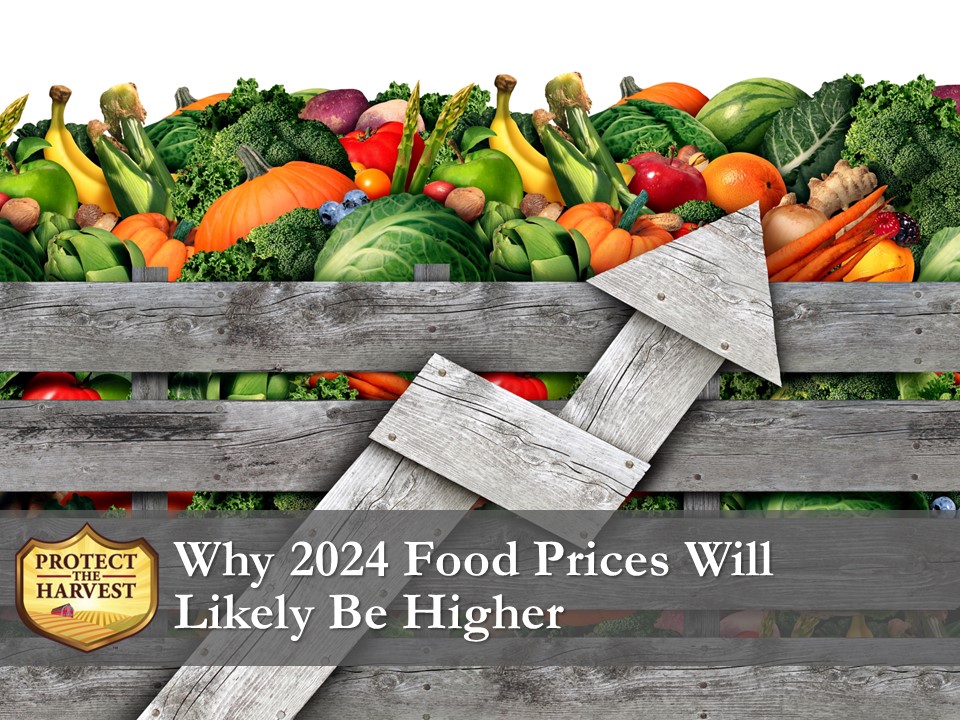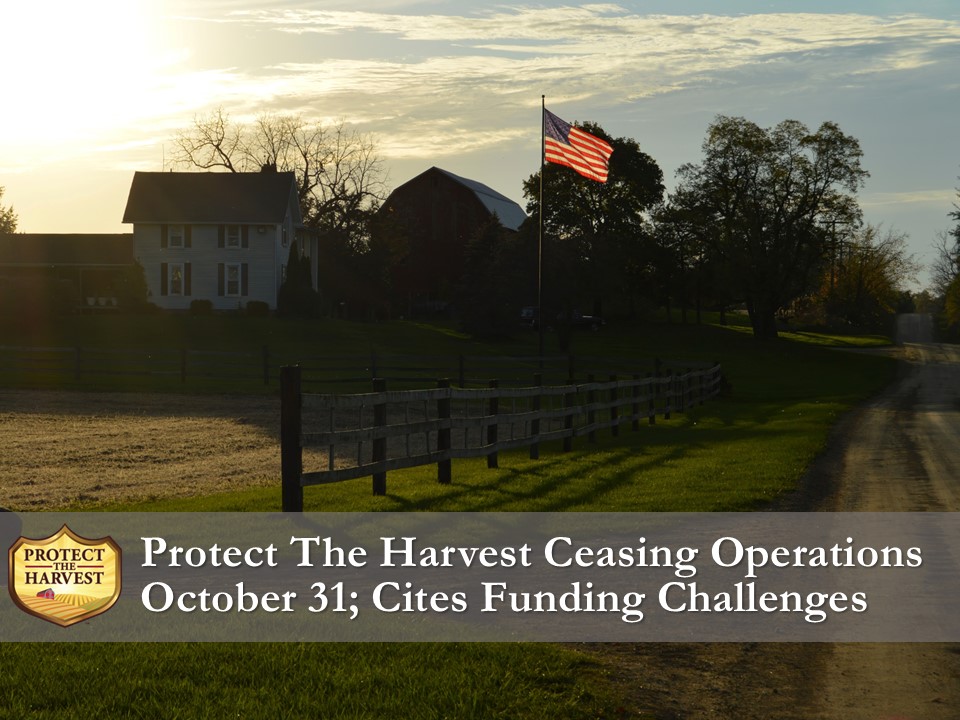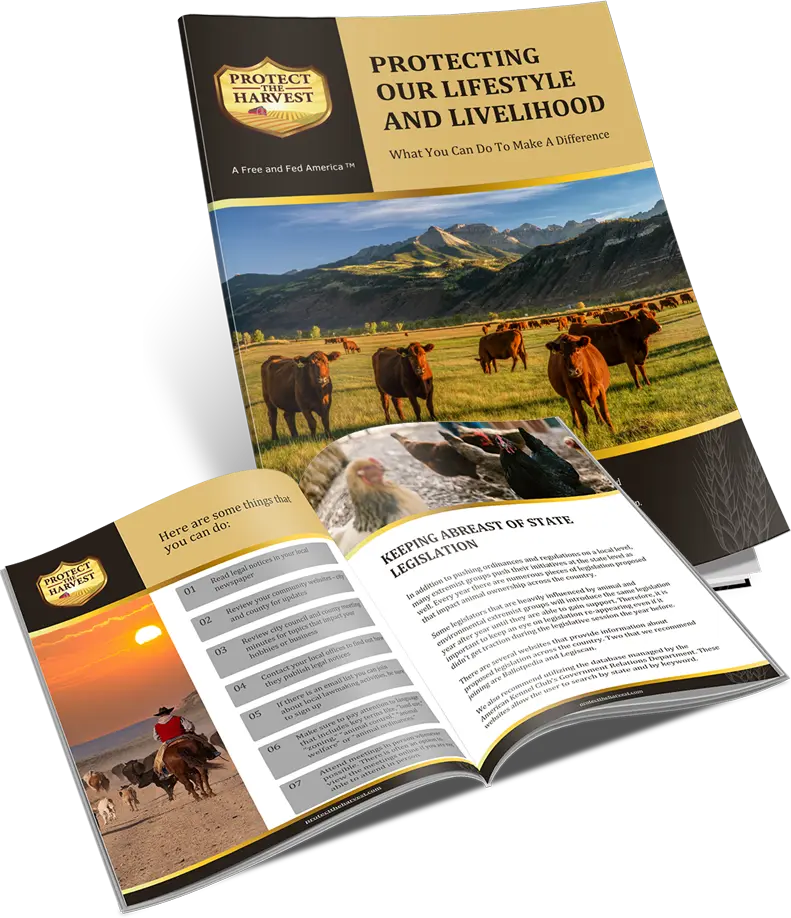It is highly likely food prices and grocery bills will increase in 2024. If there’s good news, it’s that the Federal government forecasts an increase of 2.9 percent, according to the U.S. Department of Agriculture (USDA) in a recent Newsweek article. While this would be half of the 5.8 percent increase in food prices seen in 2023, many American households are already struggling to pay bills and put food on the table.
More than 60 percent of American households are living paycheck-to-paycheck. Credit card debt topped more than $1 trillion last year for the first time and continues to increase as consumers are using credit cards to buy essentials, including food. Caught between Federal government created inflation and stagnant wages, many Americans are more food insecure than ever before.
What’s Driving Food Price Increases?
One of the primary – perhaps “the” primary – driver of food price increases is Federal government policymaking. Printing trillions of dollars keeps increasing the nation’s record debt level and has fueled recent high inflation. To counter that, the Federal Reserve implemented a rapid series of interest rate increases, with the result that almost everything now costs more than it did one, two, three, or five years ago. The blizzard of new regulatory restrictions flowing out of the current administration and government agencies and departments has poured fuel on inflation by adding costs to everything required for food production – fuel, fertilizer, feed, equipment, transportation – the list is endless.
Add the slow and economically painful recover from a global pandemic, and according to Bloomberg News, it currently costs approximately $19.27 more to buy the same basket of groceries as it did before the 2020 pandemic.
Food insecurity among Americans remains a top concern due to ongoing food price increases. The USDA Economic Research Service, a food insecurity tracking service for U.S. households, disclosed that 11.2 percent of Americans (approximately 35 million people) face food insecurity. Increased food prices will result in more food insecurity for households across the United States.
California Proposition 12 Increases Prices for Animal Proteins
On November 6, 2018, Proposition 12 passed with 60 percent voter approval in California. Proposition 12, also known as the so-called “Animal Care Program,” was created to hinder agricultural production by banning the sale of any veal, pork or egg products that do not meet the minimum, yet unscientific, State of California animal housing requirements outlined in the Proposition. Veal, pork, and egg farmers who do not meet the minimum California requirements that were influenced by the Humane Society of the United States (HSUS) are prohibited from selling their products in the state.
Banning sales of products from farmers in other states who do not meet California’s requirements drives food prices up across the country. California is one of the biggest agricultural production states, yet less than 1 percent of the eggs and pork products consumed by Californians are produced in that state.
The Proposition 12 mission statement from the California Department of Food and Agriculture is as follows:
“To serve animal agriculture producers and California consumers by promoting and protecting the welfare and care of animals in agriculture in order for Californians to have access to food that is sourced from humanely and sustainably raised animals.”
A Protect The Harvest article highlighted three main goals Proposition 12 would likely accomplish. It is safe to say that none of these goals are in the best interest of food producers or consumers. They are as follows:
- Creating higher costs for both producers and consumers;
- Producers being forced to leave the state, harming the state economy;
- A lack of out-of-state producers supplying to California.
On January 1, 2024, Proposition 12 added another hindrance to producers by requiring a third-party certification for farms producing egg, veal, and pork products sold in California. The third-party certification ensures “that covered animals be housed in confinement systems that comply with specific minimum standards for freedom of movement, cage-free design, and minimum floor space, and identifies covered animals to include veal calves, breeding pigs and egg-laying hens, as specified.”
California has tossed established, proven, fact-based, science-based, animal husbandry practices out the window in favor of arbitrary, subjective, animal rights extremist requirements. Such changes are resulting in limiting production for, and sales in, California, while increasing prices.
By “helping” food animals, Proposition 12 advocates are doing a disservice to Americans who are working hard to put safe, nutritious, affordable, protein on the table. A Protect The Harvest article detailing the impact of Proposition 12 on California families broke down just how much it would affect grocery bills. The article pointed out that California had one of the highest poverty rates in the country. In previous years, Proposition 2, caused the cost of a dozen eggs to spike $1.05. Proposition 2 banned battery cages in California, according to a 2016 study from Cornell University. In 2015 Capital Ag Press reported a carton of eggs was priced at around $3. With the $1.50 increase that brought the cost of eggs to between $4 and $5 per dozen. To animal extremists, this may seem like a small price to pay to further their utopian, vegan, anti-meat agenda, but to parents trying to feed their children, it can be devastating.
Input Costs for Farmers and Ranchers
Input costs hit farmers and ranchers hard. The amount of money they must spend on crops and livestock is increasing significantly each year. A United States Senate Committee on Agriculture, Nutrition, and Forestry article cited that in 2023, farm production expenses totaled $460 billion. This number is up 4 percent from 2022, according to the same article. It is safe to conclude as the price to produce increases, the price to consumers does as well.
Cost of Production
The cost of production hits even the smallest operations hard, according to a Protect The Harvest article detailing the struggles producers face. The same article acknowledges there are a plethora of factors that play into the price gap between producers’ take-home pay and retail prices. These factors include, but are not limited to, purchasing livestock, housing and equipment, maintaining housing and equipment, feed, veterinary care, transportation, and labor. The Protect The Harvest article makes it exceedingly clear: the expenses to run a farm or ranch operation, regardless of size, are immense.
Fuel Prices
Fuel price is a large contributor to production costs for farmers and ranchers. Increased prices for gas and diesel have no doubt impacted the production and distribution of agricultural products.
In an article for the Columbia Tribune, Pat Westhoff of the Food and Agricultural Policy Research Institute at the University of Missouri explained price increases seen at the retail level are greatly influenced by the increased cost of fuel used in trucks and farm machinery. In addition to the obvious uses of fuel, increased costs have affected other processes for producers, such as grain drying. These factors also increase the retail price of food.
Another contributing factor to food prices is shortages. Supply chain disruptions for in-demand materials and commodities drive up the price for consumers. Fuel and oil shortages are one reason for shortages, according to a Protect The Harvest article which detailed U.S. fuel prices. Shortages force farmers and ranchers to reduce production as they are heavily reliant on fuel-using machinery in their operations. The article states these shortages not only harm production for retail, but also directly impact the availability of feed for livestock.
The current administration has declared an all-out war on fossil fuels, including denial of drilling leases, taxpayer-funded Electric Vehicle (EV) subsidies, taxpayer-funded tax credits for wind and solar power technologies, and other regulations and laws that reduce oil, natural gas, gasoline/diesel and coal supplies that help keep food production costs more manageable.
Restrictions on Water Use
When there are new restrictions on resource uses it impacts food production. In return, food prices are affected at the retail level. When dealing with state or federal legislatures it can be challenging to get common sense decisions that help farmers and ranchers optimize water use for food production.
Currently, the largest region facing water restrictions is the desert southwest according to an article published by The Fence Post. The desert southwest agriculture region spans from Yuma, Arizona, to the Imperial Valley in California. Water conservation in the area limits the volume of crops that can be grown, making the restrictions especially harmful as the area produces more than 85 percent of leafy greens and vegetables in North America during the winter.
Drought Effects on Food Prices
Restrictions are not the only factor that can impact water use. Droughts are as well. Droughts can negatively impact local water resources causing farmers and ranchers to outsource pastures and feed, according to a Protect The Harvest article on the struggles of production agriculture. Therefore, drought creates higher costs at the production level and, later, at the retail level.
Drought in 2023 will impact the price of beef in 2024, according to a Food Institute article on beef prices. The drought has resulted in ranchers culling herds, thereby significantly reducing the nation’s cattle population. As the number or cattle available for beef production decreases, the price of cattle, and the resulting beef, increases. In the past few years, American consumers have seen the price of beef soar to record highs.
In the Food Institute article Anne-Marie Roerink, principle at 210 Analytics, underscored that domestic beef production is at a 50-year low due to droughts in the Midwest and west Texas. The resulting herd culling will cause the price of beef to continue to rise in 2024. Beef is just one example of how droughts continue to impact agriculture and drive up consumer prices.
What This Means for Consumers
Due to no fault of farmers and ranchers, consumers should be prepared for increased grocery prices in 2024. Unfortunately, this will continue to adversely impact American families. Staying up-to-date on food prices is important for budgeting and preparing for the increase. To stay up-to-date on what is happening to producers that increase their costs, follow reputable agricultural news sources, including Protect The Harvest and its efforts to promote and defend A Free and Fed America™.
Informative Links
RFD TV on 2024 Food Insecurity
The Food Institute on 2024 Beef Prices
Newsweek 90 on Estimated Rise in 2024 Food Prices
California Department of Agriculture on Proposition 12
PTH on the Struggles Farmers & Ranchers Face
PTH on the Southern Plains Drought
United States Senate Committee on Agriculture, Nutrition and forestry on cost of Production



